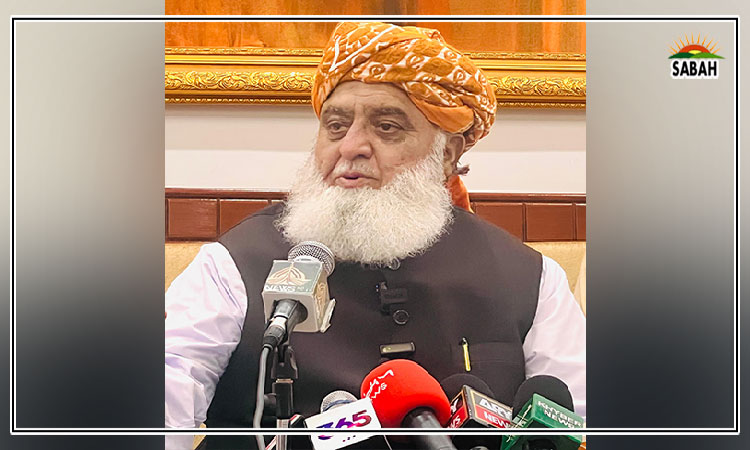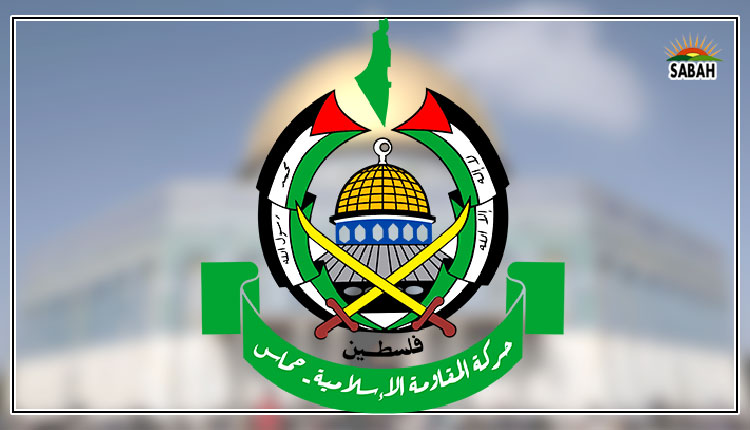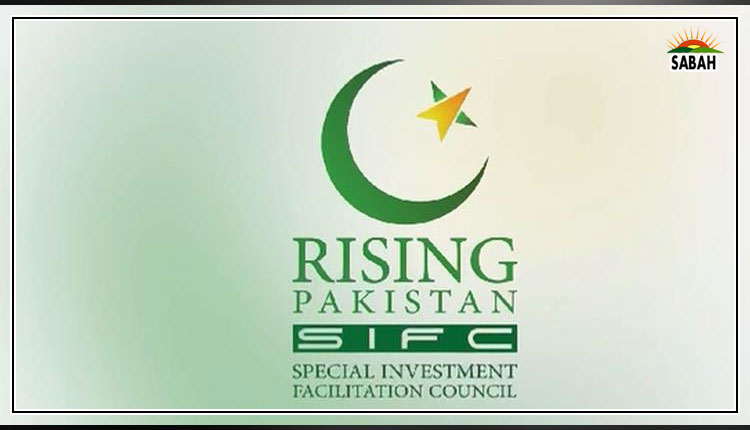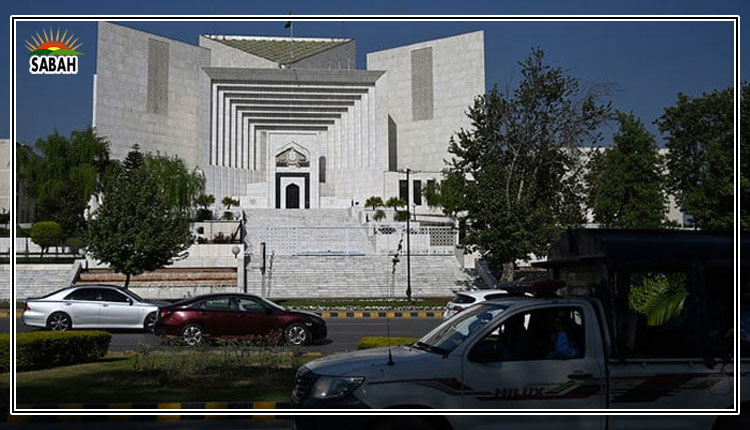BRI and economic prosperity…Dr Asifa Marium
In the prevalent era of globalisation, a countrys political standing is defined in terms of its economic growth. Likewise, regions integrated economically are well-positioned globally. The example of ASEAN is a testament to the fact that the Southeast Asian countries have evolved on world stage as an economic powerhouse. Due to ASEANs economic clout and Chinas economic muscle, the East Asia as a whole is seen as an attractive destination for world players.
Chinas economic prowess has made inroads globally. Through the Belt and Road Initiative (BRI), China has reached out to world regions. The vision behind Chinas economic outreach is to diversify the trading links and look for new investment destinations. Seeing the economic progress of BRI, so far, 151 countries from world regions have joined the initiative. The vitality of BRI refers to the popularity of economic integration globally. Within the framework of BRI, development projects in recipient countries have led to job creation and improved socio-economic indicators. The Mombasa-Nairobi Standard Gauge Railway project in Kenya has generated 37,000 jobs. The Port of Bagamoyo in Tanzania is being constructed with Chinese assistance. The port is likely to emerge as one of the largest in Africa and will significantly enhance Tanzanias trade capacity.
British scholar Martin Jacques says that the vision of the BRI has continued to materialise and evolve, and has demonstrated vitality that no other initiative has. In the words of Chinese President Xi Jinping, BRI is a response to the formidable challenges confronting the world. Global growth requires new drivers, development needs to be more inclusive and balanced, and the gap between the rich and the poor needs to be narrowed.
Some of the iconic projects within the framework of BRI include the Jakarta-Bandung Railway, China-Laos Railway and Muse-Kyaukphyu Railway. The modernisation as envisioned in the BRI is on a global scale, involving developed as well as developing countries.
The China-Pakistan Economic Corridor (CPEC), which is the flagship project of BRI is an example of economic cooperation between a developed and developing economy. Pakistan faces economic challenges, while, China has a GDP of $18.566 billion. Despite the difference in economic outlook of China and Pakistan, both the Asian countries as part of CPEC are lead players in South Asias regional connectivity. It is the convergence of interest that both China and Pakistan have in successful operation of CPEC. For Pakistan, CPEC is a realisation of its geostrategic location, and for China, the corridor is an easy access to Indian Ocean. Pakistan as part of CPEC will get an opportunity to connect with world regions. The Gwadar-Kashgar linkage will enhance prospects of economic cooperation between markets of South Asia, Central Asia and East Asia. The trading links will open up prospects of industrialisation and an uplift in socio-economic conditions. In particular, the province of Balochistan will get developed.
On the whole, the economic integration would perhaps enable the under-developed areas of Asia and Africa to make progress. Economic stability will also act as a deterrent against the extremist tendencies in region. The challenges of poverty and backwardness will also be addressed.
Another dimension linked to the BRI and economic integration is Chinas emergence as a powerful state globally. This approach entails competitive tendencies triggered by the US-China rivalry.
Kevin Rudd, a former Australian Prime Minister, argues in his book, The Avoidable War: The Dangers of a Catastrophic Conflict between the US and Xi Jinpings China, Armed conflict between China and the US over the next decade, while not yet probable, has become a real possibility.
BRIs led economic integration globally foresees a world connected through trading chains and corridors. This economic interdependence will usher in new set of rules primarily governed by multi-polarity.
Courtesy The Express Tribune












